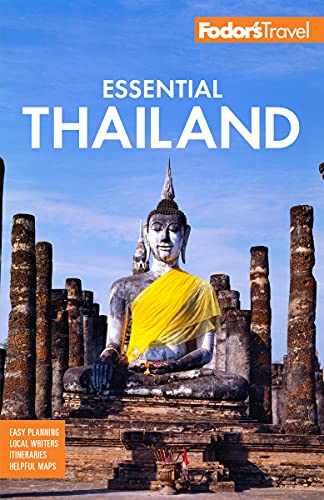At the end of the 19th century, when Lampang was a thriving center of the teak trade, the well-to-do city elders gave the city a genteel look by buying a fleet of English-built carriages and a stable of nimble ponies to pull them through the streets. Until then, elephants had been a favored means of transportation—a century ago the number of elephants, employed in the nearby teak forests, nearly matched the city's population. The carriages arrived on the first trains to steam into Lampang's fine railroad station, which still looks much the same as it did back then. More than a century later, the odd sight of horse-drawn carriages still greets visitors to Lampang. The brightly painted, flower-bedecked carriages, driven by hardened types in Stetson hats and cowboy boots, look touristy, but the locals also use them to get around the city, albeit for considerably less than the B150 visitors are usually charged for a short city tour.
Apart from some noteworthy temples and a smattering of fine teak shophouses and private homes, not much else remains of Lampang's prosperous heyday. An ever-dwindling number of sturdy 19th-century teak houses can be found among the maze of concrete. Running parallel to the south bank of the Wang River is a narrow street of ancient shops and homes that once belonged to the Chinese merchants who catered to Lampang's prosperous populace. The riverfront promenade is a pleasant place for a stroll; some of the cafés and restaurants along it have terraces overlooking the water.
Lampang's tourist office is on Thakhraonoi Road near the clock tower. It keeps irregular hours; officially it's open daily from 9 to 5, but as in Lamphun, you might find the office closed on weekends and even on some afternoons.




